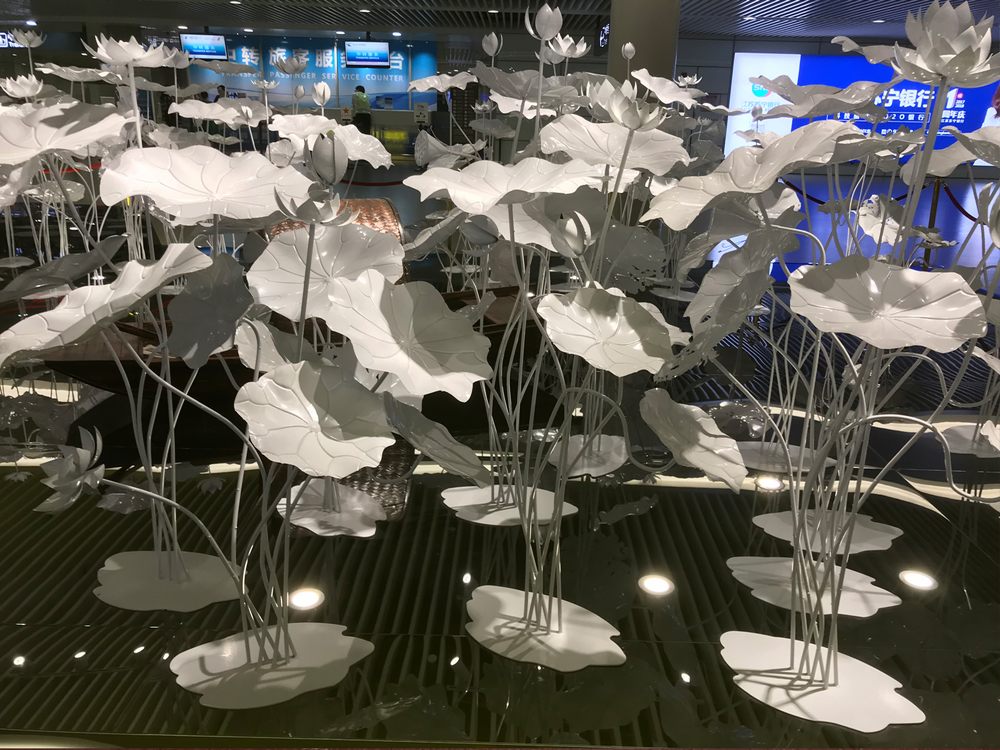
Creating harmony between a sculpture and its plaza setting requires a delicate interplay of artistic vision and environmental awareness. Artists begin by studying the plaza's spatial dynamics—its size, shape, and pedestrian flow—to determine optimal placement. Scale becomes crucial; a monumental piece might anchor an open square, while smaller works could create intimate moments along pathways.
Material selection bridges artwork and environment. Bronze or stone sculptures often echo architectural elements in historic plazas, while contemporary spaces may call for reflective metals or kinetic installations that interact with sunlight and shadows. Many artists incorporate local materials or textures to create visual continuity with surrounding buildings.
Successful integration also considers sightlines and viewing angles. Sculptures are frequently designed to reveal different perspectives as visitors move through the space, creating dynamic engagement. Some artists employ water features or landscaping to soften transitions between artwork and hardscape.
Cultural resonance transforms mere placement into meaningful dialogue. Artists research the plaza's history and community significance, sometimes incorporating symbolic forms or interactive elements that invite public participation. Lighting design extends this harmony into nighttime, with carefully positioned illumination that maintains the sculpture's relationship to its surroundings after dark.
The most harmonious installations appear inevitable—as if the sculpture grew from the plaza itself—through meticulous attention to proportion, rhythm, and contextual storytelling that honors both artwork and environment.

